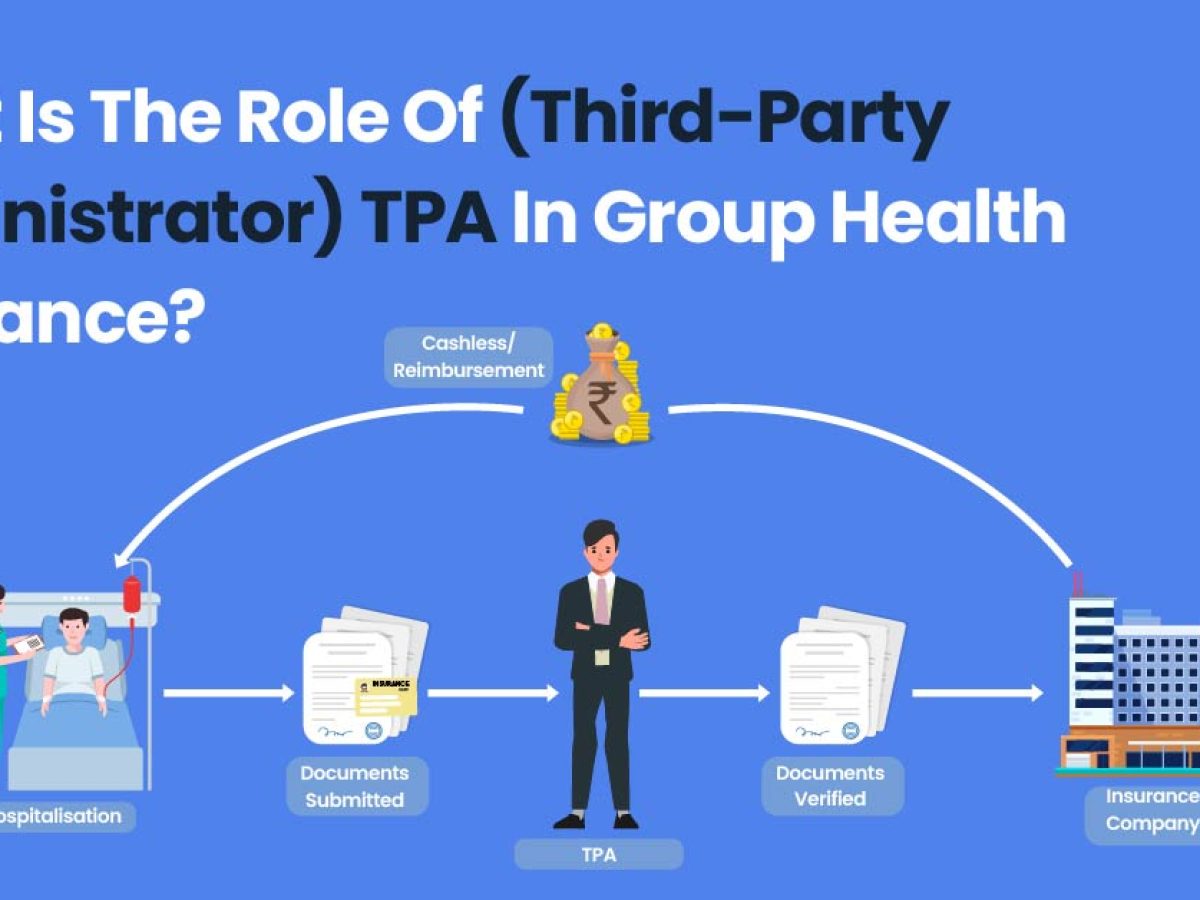Not known Facts About Pacific Prime
Not known Facts About Pacific Prime
Blog Article
The Only Guide to Pacific Prime
Table of ContentsThe 30-Second Trick For Pacific PrimeSome Ideas on Pacific Prime You Need To KnowThe Ultimate Guide To Pacific PrimeThe Ultimate Guide To Pacific PrimePacific Prime Fundamentals Explained

This is because the data were gathered for a period of strong economic efficiency. Of the approximated 42 million people that were without insurance, all but regarding 420,000 (concerning 1 percent) were under 65 years of age, the age at which most Americans become qualified for Medicare; 32 million were grownups in between ages 18 and 65, around 19 percent of all grownups in this age team; and 10 million were kids under 18 years old, about 13.9 percent of all youngsters (Mills, 2000).
These price quotes of the variety of individuals uninsured are produced from the annual March Supplement to the Existing Populace Study (CPS), carried out by the Demographics Bureau. Unless otherwise noted, nationwide quotes of individuals without health insurance coverage and proportions of the populace with different kinds of coverage are based upon the CPS, the most widely utilized resource of quotes of insurance protection and uninsurance rates.
The Only Guide to Pacific Prime

Still, the CPS is specifically helpful since it generates yearly price quotes reasonably promptly, reporting the previous year's insurance policy protection approximates each September, and because it is the basis for a consistent collection of quotes for even more than twenty years, permitting analysis of trends in protection in time. For these reasons, in addition to the substantial use the CPS in various other researches of insurance protection that exist in this report, we count on CPS price quotes, with restrictions kept in mind.

The price quote of the number of without insurance people increases when a population's insurance condition is tracked for several years. Over a three-year duration starting early in 1993, 72 million people, 29 percent of the united state populace, were without insurance coverage for at the very least one month. Within a single year (1994 ), 53 million individuals experienced a minimum of a month without coverage (Bennefield, 1998a)
6 out of every ten without insurance adults are themselves used. Although working does boost the probability that one and one's relative will have insurance, it is not a warranty. Even participants of families with 2 full-time breadwinner have almost a one-in-ten possibility of being uninsured (9.1 percent uninsured price) (Hoffman and Pohl, 2000).
Pacific Prime for Dummies
New immigrants make up a substantial proportion of people without medical insurance. One analysis has associated a substantial section of the recent growth in the size of the U.S. uninsured population to immigrants who showed up in the nation in between 1994 and 1998 (Camarota and Edwards, 2000). Current immigrants (those that involved the United States within the past four years) do have a high rate of being uninsured (46 percent), but they and their children account for just 6 percent of those without insurance coverage country wide (Holahan et al., 2001).
The connection in between medical insurance and accessibility to care is well developed, as recorded later on in this chapter. The partnership in between health and wellness insurance and health end results is neither straight nor easy, an extensive clinical and wellness services research literary works links health insurance policy coverage to improved accessibility to care, much better quality, and boosted personal and populace health and wellness status.
Degrees of analysis for examining the results of uninsurance. This discussion of health insurance policy coverage concentrates primarily on the united state population under age 65 due to the fact that virtually all Americans 65 and older have Medicare or various other public protection. It focuses particularly on those without any health and wellness insurance for any type of size of time.
The Single Strategy To Use For Pacific Prime
The issues faced by the underinsured are in some areas similar to those encountered by the without insurance, although they are generally much less serious. Wellness insurance coverage, however, is neither essential view website nor sufficient to get access to clinical services. The independent and straight effect of health and wellness insurance protection on access to health and wellness solutions is well established.
Others will certainly acquire the healthcare they need also without medical insurance, by paying for it expense or seeking it from companies that provide treatment free or at very subsidized rates. For still others, health and wellness insurance policy alone does not guarantee invoice of care as a result of various other nonfinancial barriers, such as a lack of wellness care companies in their area, limited accessibility to transport, illiteracy, or linguistic and cultural differences.
The Only Guide to Pacific Prime
Official study regarding without insurance populaces in the USA dates to the late 1920s and very early 1930s when the Board on the Price of Medical Treatment generated a collection of records concerning funding physician workplace gos to and hospitalizations. This problem ended up being prominent as the numbers of medically indigent climbed during the Great Depression.
Report this page